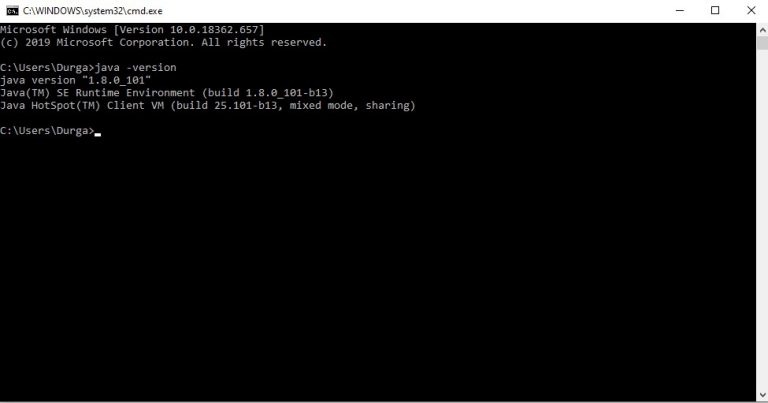
- #COULD NOT CREATE THE JAVA VIRTUAL MACHINE WINDOWS 8 VIDEO INSTALL#
- #COULD NOT CREATE THE JAVA VIRTUAL MACHINE WINDOWS 8 VIDEO MANUAL#
- #COULD NOT CREATE THE JAVA VIRTUAL MACHINE WINDOWS 8 VIDEO ARCHIVE#
However, because of these “adventures” today, to me Java = filth. From the above you could deduce that I am not a fan. The reboots should have cleared the heap memory from Windows. And these other applications work on my home system too.
#COULD NOT CREATE THE JAVA VIRTUAL MACHINE WINDOWS 8 VIDEO INSTALL#
The problem remains.Īt work I applied this trick with 4 other Java based applications and till now I have had no need to install Java on any of my workstations. – Putting the following content in a batch file: \\\bin\java -Xms256m -Xmx512m \\\AsciiDocFX and use that batch file to start AsciiDocFX…did not help. – Disabling the Windows Defender AV (incl. – Creating a firewall rule or even completely disabling the firewall (incl. Java -XX:+PrintFlagsFinal | find “InitialHeapSize”Įxecuting either line at the command prompt (running as admin) results in the message that the JVM cannot be started.

Javaw -XX:+PrintFlagsFinal | find “InitialHeapSize” Which is equivalent in processing power as my i5 at work (tested that by re-encoding the same video takes practically the same amount of time on both boxes). My home machine has Windows 10, 24GByte of RAM and a AMD 4.1GHz A10 (APU) processor. It extracts just fine, but when I try to start the AsciiDocFX editor, I get a warning message saying that AV software, firewall or heap memory problem prevents the JVM from starting.

#COULD NOT CREATE THE JAVA VIRTUAL MACHINE WINDOWS 8 VIDEO ARCHIVE#
Now I take that archive home to work on a big documentation project. No problem, it works as intended on machines with Windows 7 till Server 2019 and everything in between. Created an archive from it and distributed this on several workstations and servers (Intel and AMD). Thought I tried that after seeing that Oracle database client software (for Windows) uses the same trick. By doing this, AsciiDocFX can be used as a portable application without the need to have Java installed. It raises the allowed memory to 256 Megabyte. If your application does not run fine afterwards, try raising the memory to 512 or even 1024 Megabyte instead.Īt work computer (i5, 16GByte RAM) I added the JRE folder (1.8) of another system to the AsciiDocFX editor’s root folder. The setting is available right away, you do not need to restart the computer first.
#COULD NOT CREATE THE JAVA VIRTUAL MACHINE WINDOWS 8 VIDEO MANUAL#
You can alternatively open the control panel manual to go there if you prefer it that way. However, if you have a different OS you want to use, continue on with Step 5.



 0 kommentar(er)
0 kommentar(er)
